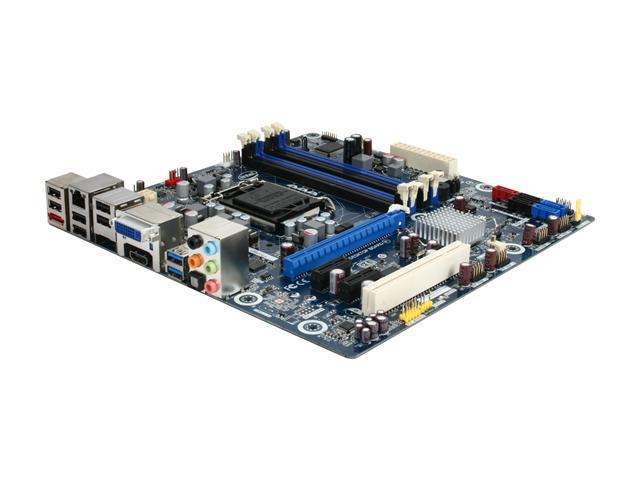

For those contemplating a new build in the next month at the mid-to-high end however, the 95W maximum TDP is not as concerning as it could be (more on that later) anyone who has been holding off on a Clarkdale i3 build, choosing a SNB i3 is a no-brainer because of their higher clock and lower TDP (65W v.
#Desktop board dh67bl upgrade#
Unfortunately the more interesting, low power, members of the family will not be available until February (everything without a price tag) so the upgrade path from Clarkdale is not as straight forward as it would be otherwise. There are also differences in 元 Cache and the maximum GPU frequency between the different models, but for the most part those will not affect HTPC performance. Hyper-Threading (HT) and CPU/GPU frequency are the major features that separate the i7 from i5 where the step down to an i3 brings back HT at the cost of two physical cores and Turbo Boost. While there is still some potential for confusion–as the i7 brand is now shared in the performance segment with LGA 1366 CPUs–the risk is greatly reduced because all CPU and motherboards with the same socket will provide consistent functionality.

The 32nm LGA 1155 Sandy Bridge (SNB) fixes that while also addressing the needs of those who want more CPU performance than the dual core Clarkdale i5 could provide, by widening its footprint across market segments. The distinction between an LGA 1156 i5 with Intel HD Graphics and one without was often lost on the non-propeller heads, leading to some end-user confusion after inserting a quad core i5-750 in an H55/H57 motherboard only to discover that the video did not work. UPDATE: The model number has changed to DH67BLB3 for motherboards with the updated H67 PCH.


 0 kommentar(er)
0 kommentar(er)
